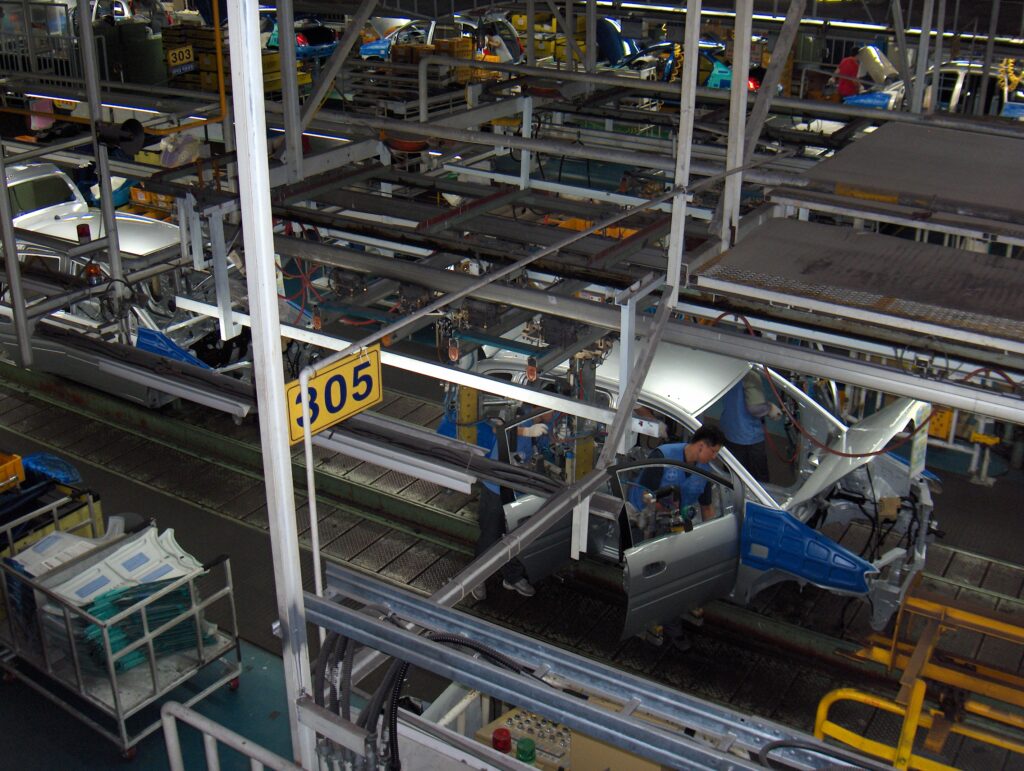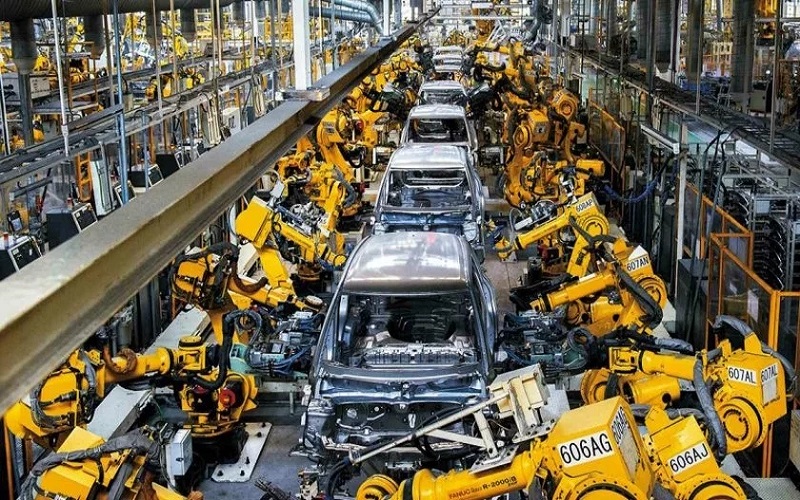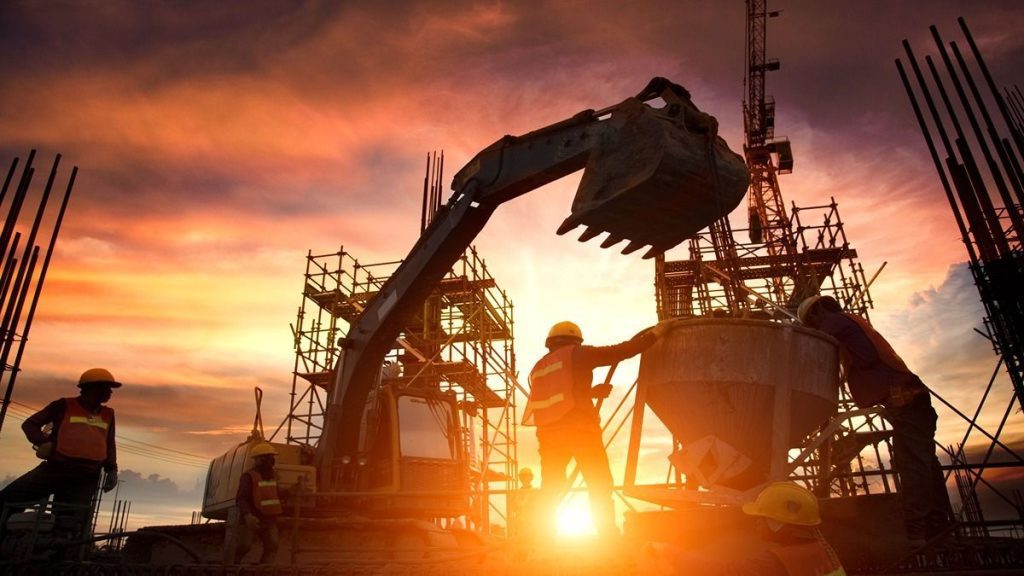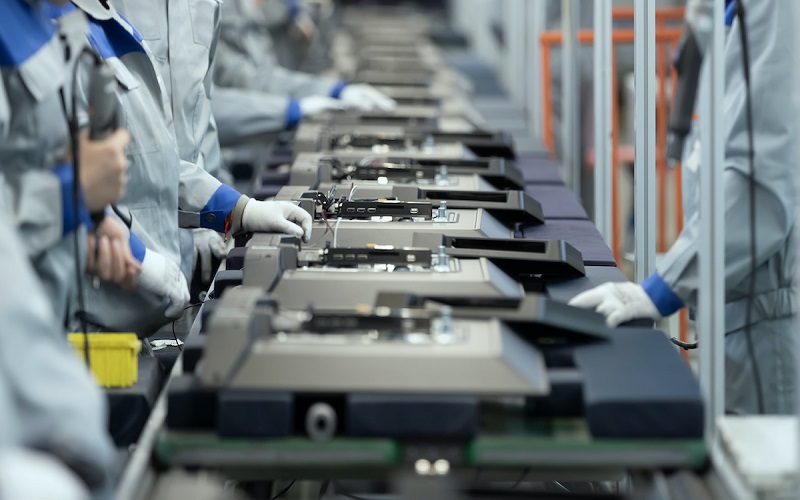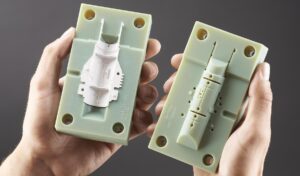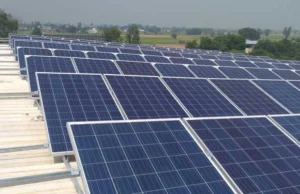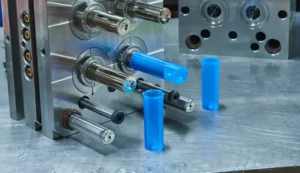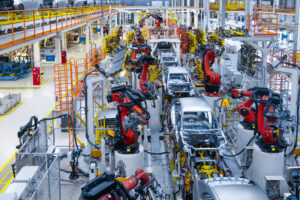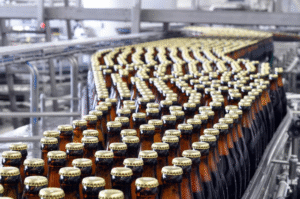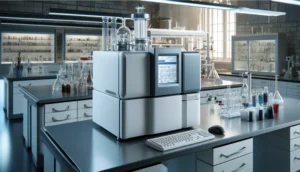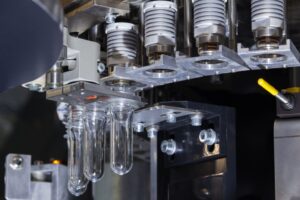Mass production transformed manufacturing by enabling large-scale, standardized goods through automated assembly lines and mechanized processes. This approach ensures identical products are produced rapidly, efficiently, and cost-effectively.
At its core, mass production operates on several key principles: division of labor, standardization of components, mechanization and automation, continuous flow processes, quality control systems, and economies of scale.
It has democratized access to consumer goods by making products more affordable and widely available. Before mass production, many items were handcrafted and expensive, limiting their availability to wealthy consumers. The assembly line method enabled companies to reduce production costs.
How Mass Production Redefined Global Manufacturing
Mass production reshaped industries by enabling large-scale, standardized goods through automated assembly lines. In automotive, it remains the core of modern vehicle manufacturing, coordinating stamping, engine, transmission, and assembly plants to produce millions annually.
Electronics thrive on mass production to meet demand for devices like smartphones and laptops. Automated processes power circuit board and semiconductor output. With India’s electronics industry reaching $101B in FY23, mass production shows how nations grow into global manufacturing hubs.
Pharma relies on mass production to deliver affordable medications at scale with strict quality and regulatory compliance. This model proved vital in crises like COVID-19, when rapid vaccine production showed how large-batch manufacturing saves lives worldwide.
Consumer goods benefit from mass production’s efficiency, delivering consistent quality at lower costs. From clothing to appliances, economies of scale allow companies to meet diverse demands profitably, making high-quality goods accessible to global consumers.
Manufyn bridges traditional mass production and modern on-demand manufacturing. With scalable supply chains, automation, and multi-material capabilities, it helps businesses move from prototyping to mass production while staying agile to changing market demands.
Mass Production’s Cost Revolution
Mass production‘s most significant advantage lies in its ability to dramatically reduce per unit costs through various mechanisms. Fundamental principle of economies of scale means that as production volume increases, the fixed costs of manufacturing equipment, facilities, and setup are distributed across more units resulting in lower costs per item.
Labor Cost Optimization
Mass production reduces labor costs through automation and specialized task division. Instead of requiring skilled craftspeople to complete entire products, workers can be trained for specific, repetitive tasks that increase efficiency and reduce training costs.
Material Cost Reduction Strategies
Bulk purchasing power allows mass producers to negotiate better prices with suppliers for raw materials. Companies can also redesign products to use less expensive materials or eliminate non-essential components without compromising core functionality.
How Manufyn Cuts Down Costs Without Compromising Quality
Manufyn employs several innovative approaches to minimize production costs while maintaining quality standards. As a comprehensive manufacturing partner, Manufyn helps businesses achieve cost reductions through:
Streamlined Supply Chain Management
By leveraging India’s manufacturing ecosystem, Manufyn provides access to cost-effective suppliers while maintaining quality control through supplier audits and third-party inspections. Their network of over 500 suppliers enables competitive pricing through consolidated purchasing power.
Automated Process Optimization
Manufyn utilizes intelligent automation and data-driven optimization to reduce waste, minimize errors, and increase production efficiency. Their advanced systems provide real-time monitoring of cost drivers, enabling continuous process improvements.
Flexible Production Scaling
Unlike traditional mass production that requires large upfront investments, Manufyn’s on-demand manufacturing model allows businesses to scale production based on actual demand, reducing inventory costs and minimizing financial risk
Quality-Driven Cost Management
By implementing rigorous quality control measures including Pre Dispatch Inspection and PPAP inspections, Manufyn prevents costly quality issues that can plague mass production operations. This proactive approach reduces rework costs and maintains customer satisfaction.
What Are The Strategic Benefits of Modern Mass Production
From Manufyn‘s perspective as a modern manufacturing solutions provider, mass production offers numerous strategic advantages that align with contemporary business needs while addressing traditional manufacturing challenges.
Enhanced Production Efficiency and Speed
Mass production enables unprecedented production rates through automated systems and optimized workflows. Manufyn leverages this principle by combining traditional mass production benefits with flexible, on demand capabilities.
Their manufacturing network can rapidly scale from prototype to high-volume production, supporting businesses throughout their entire product lifecycle.
Superior Quality Consistency
Automated processes and standardized procedures ensure each product meets identical specifications. Manufyn enhances this advantage through comprehensive quality management systems that include supplier audits, in process inspections, and final quality verification.
Market Competitiveness and Speed-to-Market
Mass production enables companies to bring products to market faster and at competitive prices. Manufyn‘s integrated approach from design support to final delivery accelerates the transition from concept to market ready products.
Manufyn’s established supplier networks and streamlined processes reduce lead times significantly compared to traditional manufacturing approaches.
Scalability Without Capital Investment
Traditional mass production requires substantial upfront investments in equipment and facilities. Manufyn‘s model provides access to mass production capabilities without the associated capital requirements.
Global Market Access
Manufyn’s positioning in India’s manufacturing ecosystem provides businesses with access to cost effective production while maintaining quality standards that meet international requirements.
Their experience serving over 30 countries demonstrates how mass production principles can be adapted for global market needs.
Risk Mitigation and Supply Chain Resilience
By maintaining relationships with multiple suppliers and production facilities, Manufyn reduces the risks associated with single-source dependencies that can plague traditional mass production operations. This diversified approach ensures continuity even when individual suppliers face challenges.
Technology Integration and Innovation
Mass production benefits from advanced technologies including IoT, AI, and automated quality control systems. Manufyn incorporates these technologies to provide real time production visibility, predictive maintenance and data-driven optimization that traditional mass production facilities may lack.
Conclusion
Mass production transformed global manufacturing, shaping how products are made, distributed, and consumed. Its core benefit cost savings, quality, speed, and scale remain as relevant today as during Henry Ford’s assembly line revolution.
Across industries, mass production proves its value. From cars to electronics, pharmaceuticals to consumer goods, it has democratized access, lowered costs and fueled growth. Standardized production at scale made essentials affordable and improved life worldwide.
Modern markets need more than traditional mass production. Manufyn evolves these principles, combining efficiency with flexibility. Its on demand solutions scale from prototyping to high volume runs, bridging the gap between old limitations and new business demands.
The future of mass production lies in adaptation. By blending efficiency with new tech, sustainable practices, and flexible models, companies can meet rising demand for customization and speed. Competitive advantage will come from scalable, responsive manufacturing.
FAQ Effects of Mass Production
Mass production manufactures large volumes of identical goods using assembly lines and automation. This method prioritizes efficiency, speed, and consistency to meet high global demand.
It democratizes access to products by making them affordable and widely available. This drives economic growth, increases business profitability, and raises living standards globally.
It leverages economies of scale, distributing fixed costs over more units. Automation lowers labor expenses, while bulk purchasing reduces material costs, slashing the price per item.
Key benefits include significantly lower unit costs, highly consistent product quality, faster production rates, and the ability to easily meet large-scale consumer demand
Automotive, electronics, pharmaceuticals, and consumer goods industries rely heavily on it to produce standardized items at the scale required by the global market.
It can lead to high resource consumption and waste. However, modern providers like Manufyn integrate sustainable practices to minimize the environmental footprint of large-scale manufacturing.
While concepts existed earlier, Henry Ford perfected it with the moving assembly line for the Model T, revolutionizing manufacturing and making cars affordable for the masses.
Manufyn blends the cost benefits of mass production with the agility of on-demand manufacturing. This offers scalability without high capital investment and greater flexibility.
Mass production creates thousands of identical products. Custom manufacturing produces smaller batches with unique specifications, prioritizing individuality over lowest cost.
Today, it’s driven by AI, IoT, and advanced robotics. These technologies optimize production lines, predict maintenance, and ensure rigorous quality control at high speeds.

